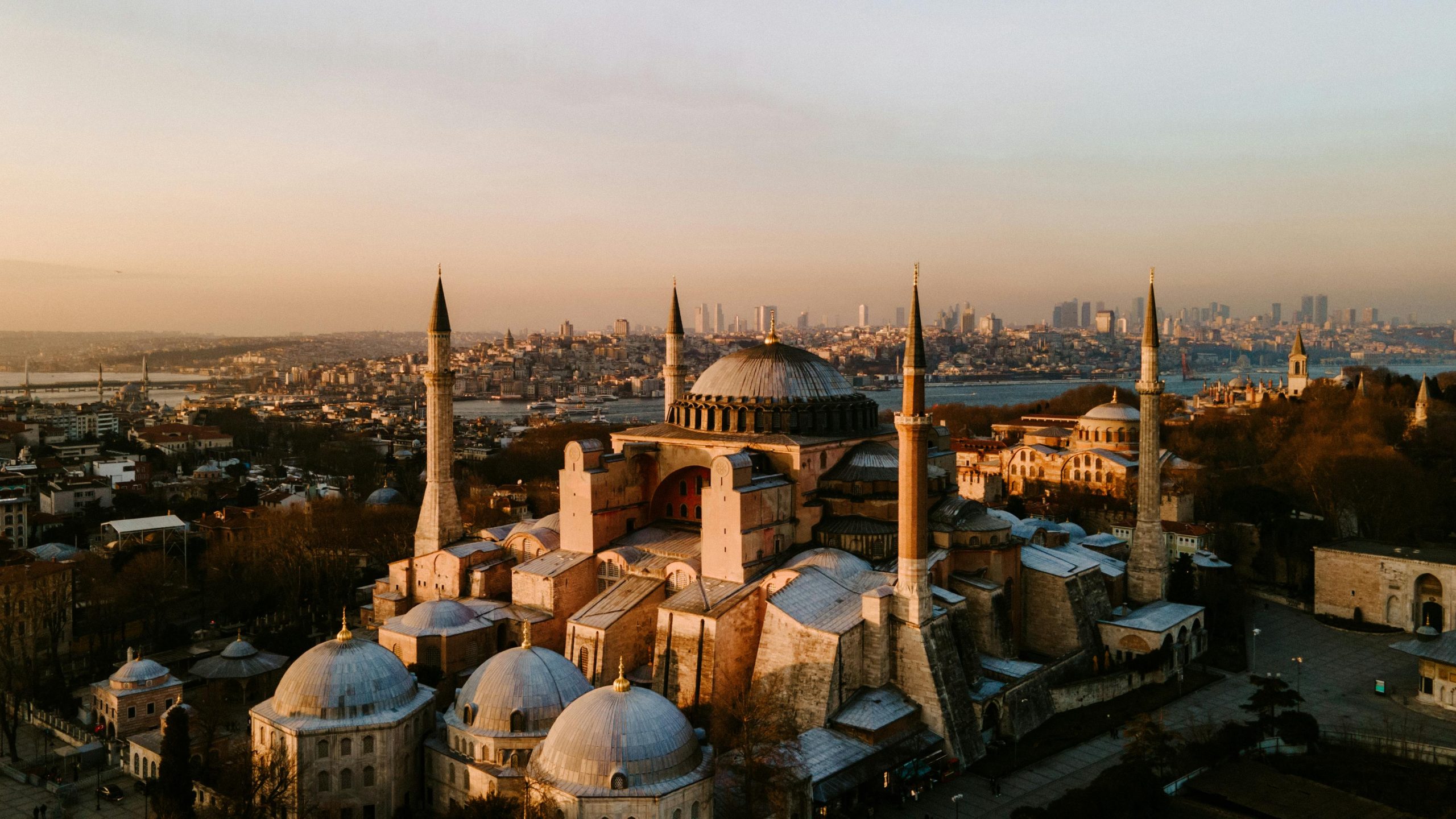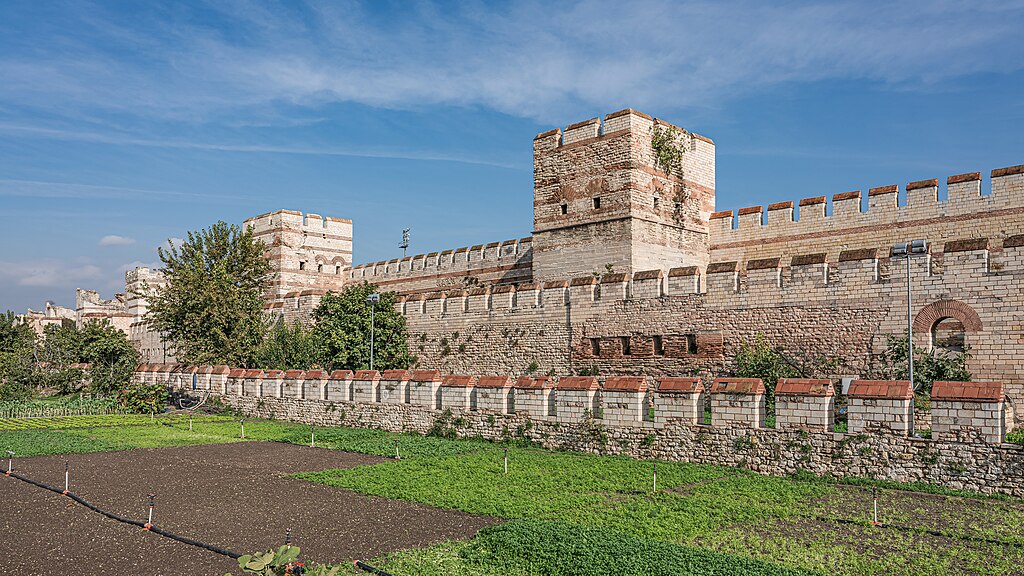Dominican Republic: The Ultimate Travel Guide 2025

Resting in the Caribbean, Dominican Republic is a paradise of white-sand beaches, lush mountains, and vibrant cities. The resort town of Punta Cana is famous for its crystal-clear waters and luxury accommodations, offering visitors the perfect blend of relaxation and adventure. Whether lounging on Bávaro Beach, exploring hidden cenotes, or indulging in fresh seafood, Punta Cana delivers an unforgettable tropical escape.
Beyond its coastal beauty, Dominican Republic boasts breathtaking natural landscapes. The Samaná Peninsula is a haven for eco-tourism, featuring secluded beaches, waterfalls, and whale-watching opportunities. Visitors can trek to El Limón Waterfall, sail to Cayo Levantado, or explore the mangroves of Los Haitises National Park, immersing themselves in the island’s diverse ecosystems.
For cultural enthusiasts, Santo Domingo, the capital, offers a rich blend of colonial history and modern energy. The Zona Colonial, a UNESCO World Heritage Site, showcases cobbled streets, centuries-old cathedrals, and lively plazas. The city’s vibrant nightlife, bustling markets, and traditional merengue music create an atmosphere that reflects the Dominican spirit. Whether unwinding in Punta Cana, exploring Samaná’s natural wonders, or embracing Santo Domingo’s cultural heartbeat, the Dominican Republic promises an unforgettable journey.
Table of Contents
- History of Dominican Republic
- Indigenous Taíno Settlements in Santo Domingo
- Spanish Colonization and Santo Domingo’s Transformation
- Independence Movements and Santiago’s Role
- Santo Domingo Under Dictatorship and U.S. Influence
- Modern Santo Domingo and Economic Growth
- Best Time to Visit Dominican Republic
- Visiting Dominican Republic in Winter
- Visiting Dominican Republic in Spring
- Visiting Dominican Republic in Summer
- Visiting Dominican Republic in Autumn
- Food and Drink from Dominican Republic
History of Dominican Republic
Indigenous Taíno Settlements in Santo Domingo
Before European arrival, Santo Domingo and surrounding regions were inhabited by the Taíno people, an Arawakan-speaking group. They lived in organized chiefdoms, cultivating crops like cassava and maize while engaging in fishing and trade. The Taíno developed a rich cultural heritage, reflected in their pottery, tools, and ceremonial sites.
Spanish Colonization and Santo Domingo’s Transformation
In 1492, Christopher Columbus arrived, marking the beginning of Spanish rule. By 1496, Santo Domingo was founded, becoming the first permanent European settlement in the Americas. The city quickly became a hub for colonial administration, with the construction of fortresses, churches, and trade routes. The Spanish introduced sugar plantations, relying on enslaved labor from Africa.
Independence Movements and Santiago’s Role
By the 19th century, Santiago emerged as a center for revolutionary activity. The Dominican War of Independence (1844) saw fierce battles against Haitian rule, leading to the establishment of the First Dominican Republic. Santiago played a crucial role in resisting foreign invasions and shaping the country’s national identity.
Santo Domingo Under Dictatorship and U.S. Influence
During the 20th century, Santo Domingo experienced political upheaval, including the dictatorship of Rafael Trujillo (1930–1961). His rule was marked by economic modernization but also severe repression. The U.S. occupation (1916–1924) and later interventions influenced the country’s political landscape, leading to shifts in governance.
Modern Santo Domingo and Economic Growth
Since the 1990s, Santo Domingo has undergone economic and cultural transformations, balancing historical preservation with modernization. The city remains a vibrant capital, blending colonial heritage with contemporary development. Today, Santo Domingo reflects the Dominican Republic’s resilience and evolving identity.
Best Time to Visit Dominican Republic
Visiting Dominican Republic in Winter
From December to March, Dominican Republic enjoys its dry season, offering warm temperatures and clear skies. This is the perfect time for beach lovers, with ideal conditions for swimming and water sports. January brings the Dominican Festivities, celebrating local traditions, while February hosts the Carnival, featuring vibrant parades and music.
Visiting Dominican Republic in Spring
Between April and June, Dominican Republic transitions into its shoulder season, with fewer crowds and lush landscapes. April is perfect for adventure seekers, with hiking and eco-tourism thriving. May offers affordable stays, making it a great time for budget-conscious travelers.
Visiting Dominican Republic in Summer (Best)
From July to September, Dominican Republic experiences its best season for cultural immersion and lively events. July brings festive nights, with music and celebrations across the island. August offers a calmer tropical atmosphere, perfect for exploring Samaná’s secluded beaches and Los Haitises National Park.
Visiting Dominican Republic in Autumn
Between October and November, Dominican Republic enters its low season, offering budget-friendly travel options and a quieter atmosphere. October features the Merengue Festival, celebrating the country’s iconic dance and music. This season is ideal for exploring Santo Domingo’s historic streets and enjoying local cuisine.
Food and Drink from Dominican Republic
1. Mangú
A staple of Dominican Republic cuisine, Mangú is made from mashed green plantains, often served with fried cheese, Dominican salami, and eggs. This dish, known as “Los Tres Golpes” when paired with all three sides, is a beloved breakfast option.
2. Sancocho
A rich and hearty stew, Sancocho is prepared with various meats, plantains, yams, and root vegetables, creating a flavorful broth. It’s often enjoyed during celebrations and family gatherings.
3. Mofongo
A dish with African and Caribbean influences, Mofongo consists of fried green plantains mashed with garlic, pork cracklings, and broth. It’s commonly served with seafood or meat.
4. La Bandera Dominicana
Considered the national dish, La Bandera Dominicana features rice, beans, and stewed meat, often accompanied by salad and fried plantains. The meal represents the colors of the Dominican flag.
5. Casabe
A traditional cassava flatbread, Casabe dates back to the Taíno people, who cultivated cassava as a staple crop. It’s crispy and often served with stews or dips.
6. Chimichurri Dominican Burger
A street food favorite, the Chimichurri Dominican Burger is a seasoned beef patty served on pan de agua (water bread) with cabbage, tomatoes, and a tangy sauce.
7. Morir Soñando
A refreshing drink, Morir Soñando combines orange juice and milk, creating a creamy, citrusy beverage. The name translates to “die dreaming,” reflecting its delicious taste.
8. Mamajuana
A unique Dominican drink, Mamajuana is a blend of rum, red wine, honey, and herbs, aged in a bottle with tree bark. It’s known for its bold flavor and cultural significance.
9. Jugo de Chinola
A tropical delight, Jugo de Chinola is passion fruit juice, offering a sweet and tangy taste. It’s a popular refreshment across the island.
10. Presidente Beer
The most famous Dominican beer, Presidente is a light, crisp lager enjoyed at social gatherings and beachside bars.









